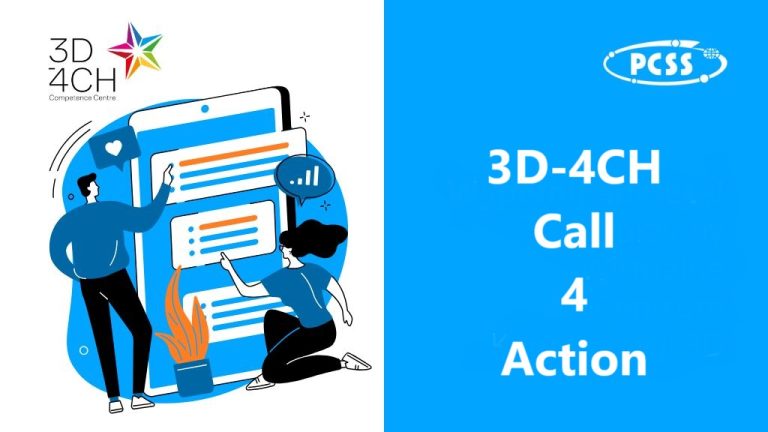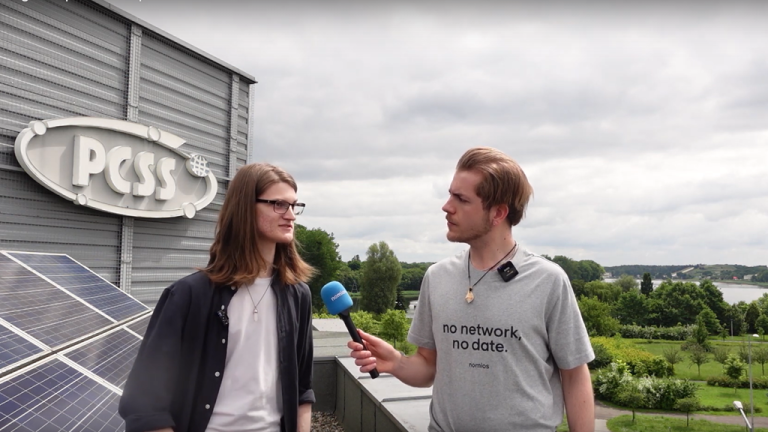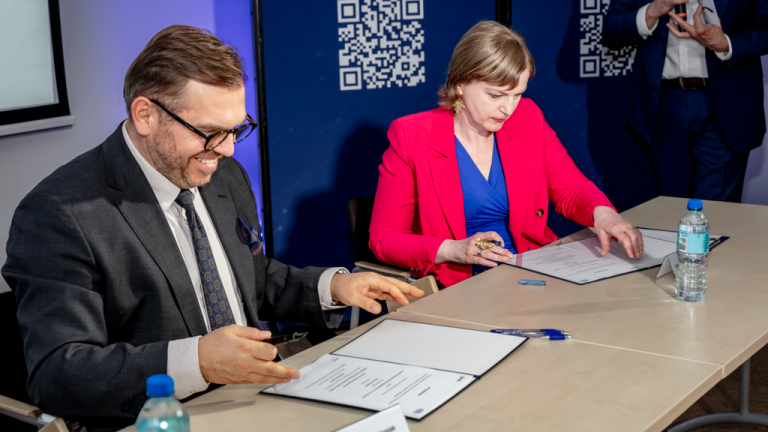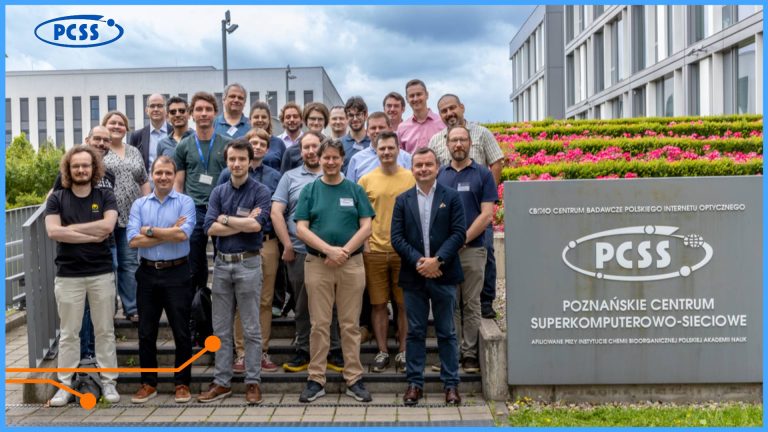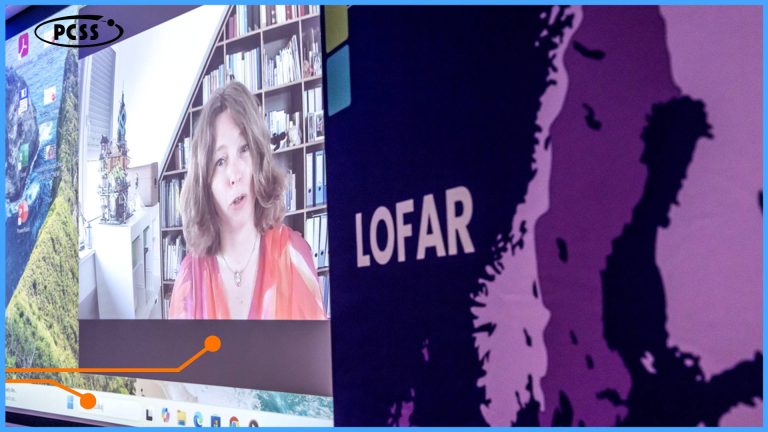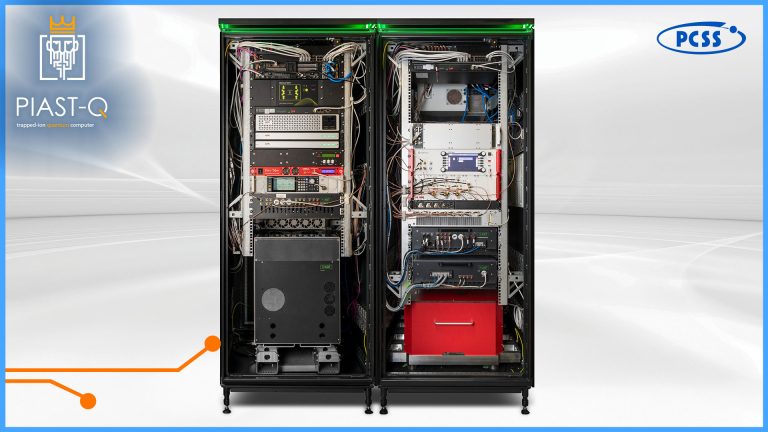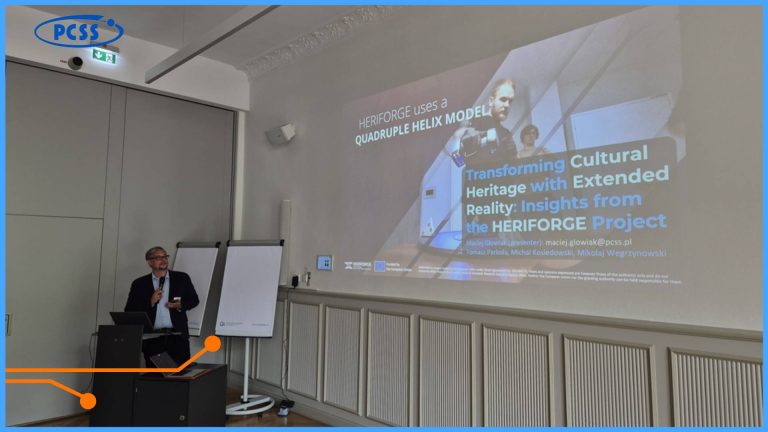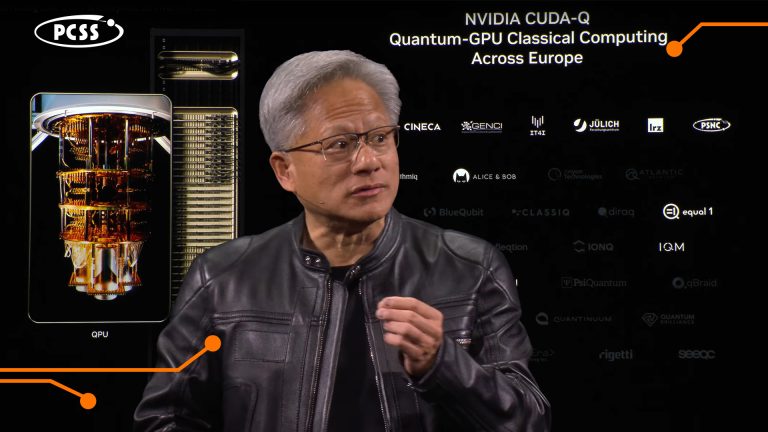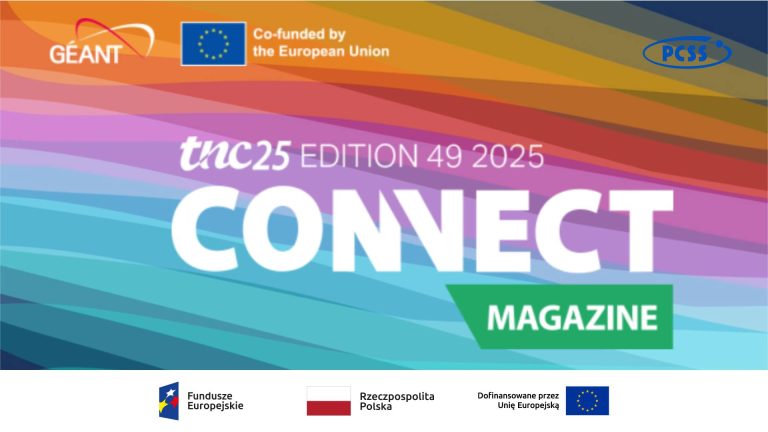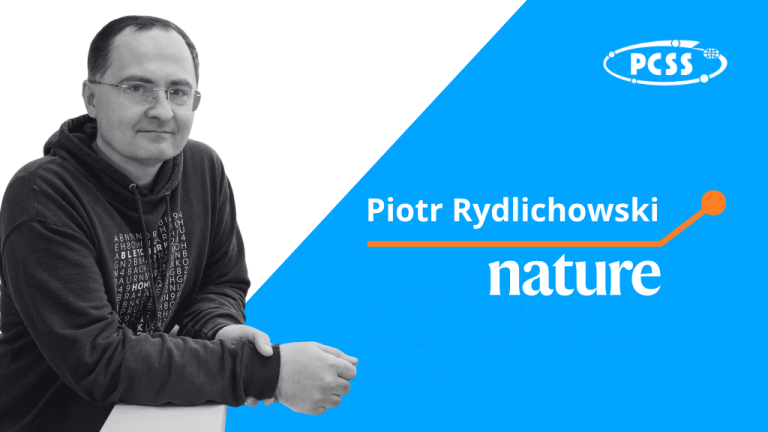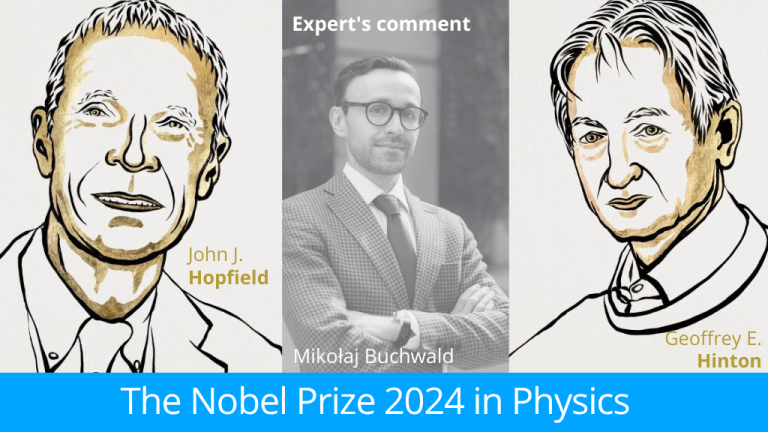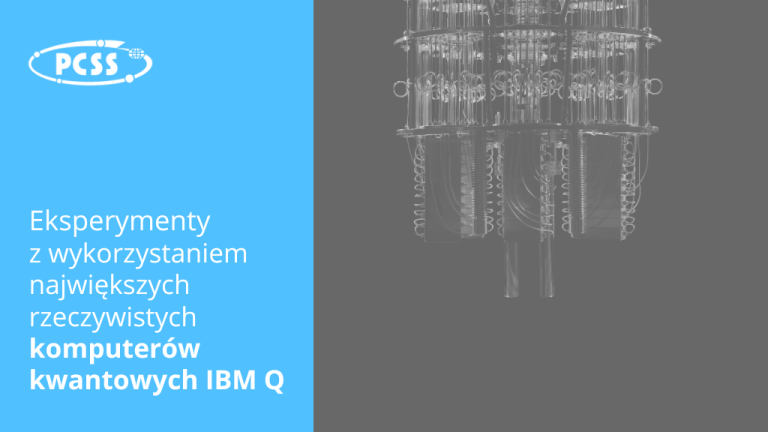Immersion in sound is experiencing its renaissance and is again the subject of interest among scientists and entrepreneurs. But this solution has been known since the 1970s, when Michael Gerzon dealt with ambisonic sound. Poznan Supercomputing and Networking Center has created an installation that allows you to hear sound in a 360-degree perspective.
Although ambisonia has been known for over 50 years, patent rights to ambisonic microphone have expired relatively recently. Companies are interested in terms of immersive sound, digitizing it and playing sounds as naturally as possible. Ambisonic sound is the reproduction of sound in space. It is really close to the actual sound that you can hear not only around us, but also below and above. It reproduces the entire sound sphere surrounding us in natural environment. Scientists from Poznan Supercomputing and Networking Center created installation that allows you to hear sound in a 360-degree perspective.
https://pionier.tv/wideo/czas-nauki/w-sferze-dzwieku-ambisonicznego/
It consists of 24 independent loudspeakers, each of them located on three different positions – bottom, middle and top. The loudspeakers are placed in a circle, and the listener should stand in its central point, the so-called a sweet spot, i.e. a place where the ambisonic sphere has its greatest efficiency. Thanks to this, it can fully experience the surround sound. The presented sound is a kind of imitation of how a sound wave propagates in space. The more speakers there are, the greater the precision of sound reproduction.
As part of the Immersify research project, the PSNC has created a series of experimental ambisonic recordings and multi-channel sound projection. A jazz band called Anomalia (members of which are students of the Ignacy Jan Paderewski Academy of Music in Poznań) was invited to take part in the project. The audio content recorded by the band was mixed in a spherical ambisonic space created by 24 loudspeakers in the New Media Laboratory of PSNC.
– The Anomalia band is a jazz septet with drums, double bass, guitar, tenor saxophone, soprano saxophone, trombone and trumpet. We placed the members of the band in a circle, although we did not try to separate each of the instruments. We wanted to achieve the most spatial and natural recording, that’s why we used different types of microphones – says Jan Skorupa, composer and employee of the New Media Department at PSNC.
In addition to audio recordings, 8K and 360 ° videos were produced to show the performance of Anomalia. The audio material was encoded as 3rd and 5th order ambisonic sound and then decoded with multiple loudspeakers. To make the recording available on YouTube, an additional binaural version was created to finally combine the sound with the 360 ° video and be able to present it to a wider audience. All of this required proper preparation for the production and mixing of surround sound for the Immersify project.
– We made the recordings in an adapted event room located in PSNC buliding. The place has also been illuminated in a romantic way with historic stage lamps. All this to give the impression of real participation in a live concert. Two video clips were made: one with the traditional SONY F65 camera, and the other as an addition to the ambisonic sound, recorded with the Insta360 Pro camera – adds Skorupa.
The recording of the band Anomalia is just one example of the production of ambisonic sound at PSNC.
– Thanks to the experience gained during the production, we were able to make further recordings and to open a program of artistic residencies e.g. for students of the Ignacy Jan Paderewski Academy of Music in Poznan, Poland. We hope that cooperation with artists will allow us to develop new spatial sound techniques and create new interesting examples of its use – says Maciej Głowiak, Head of the PSNC New Media Department.
Gabriela Jelonek
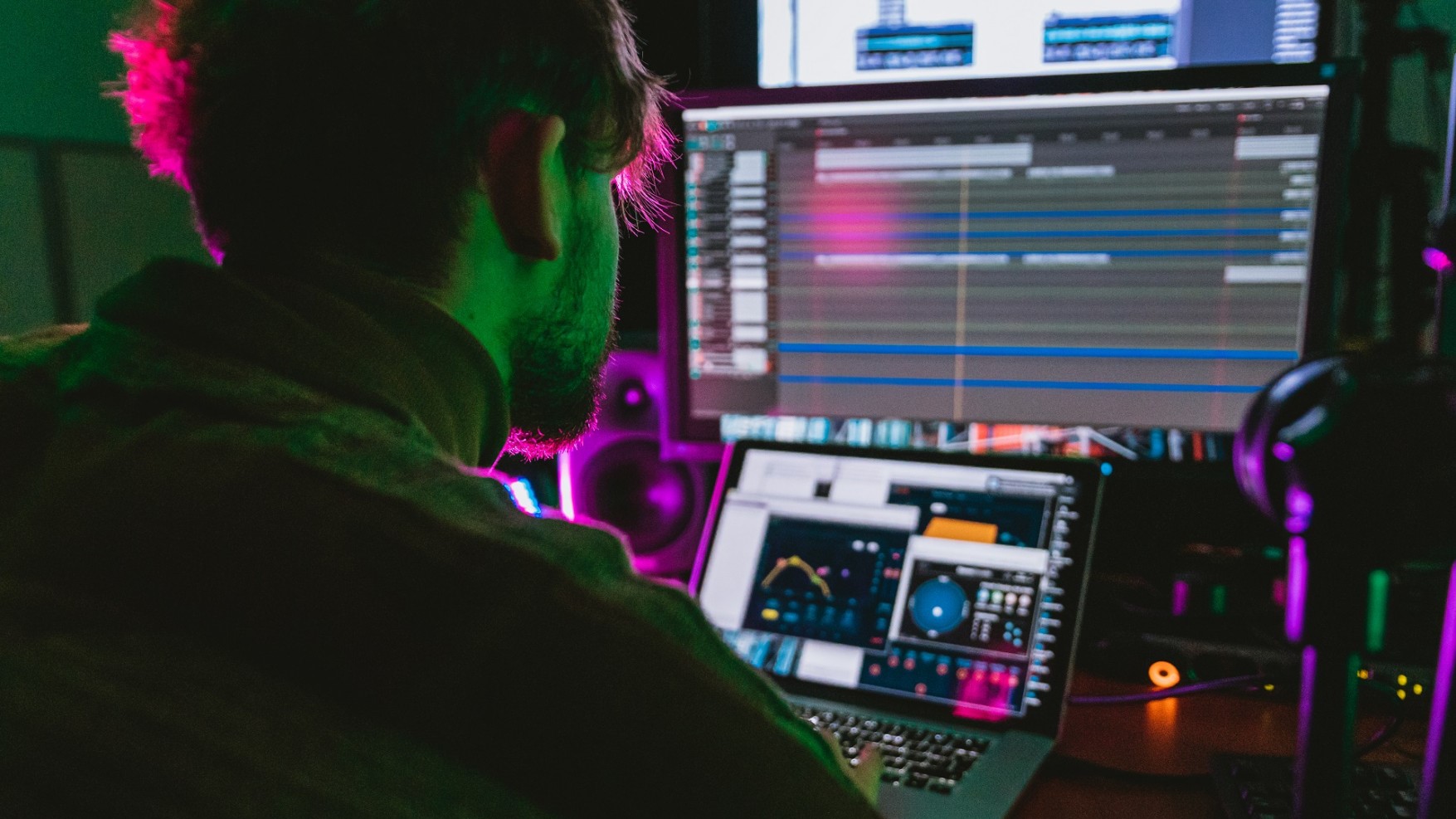

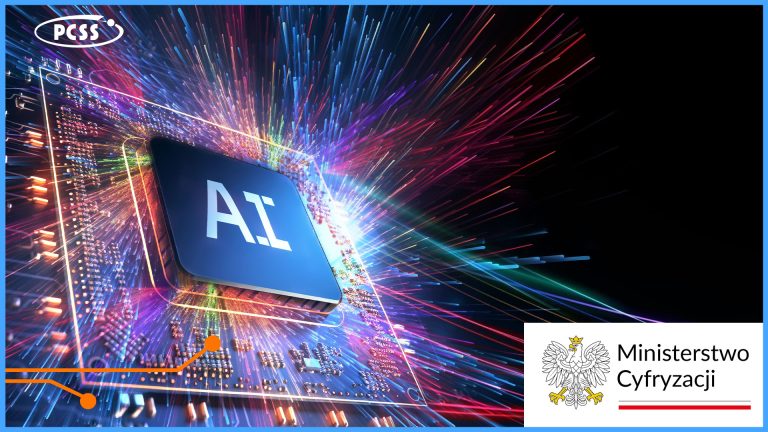
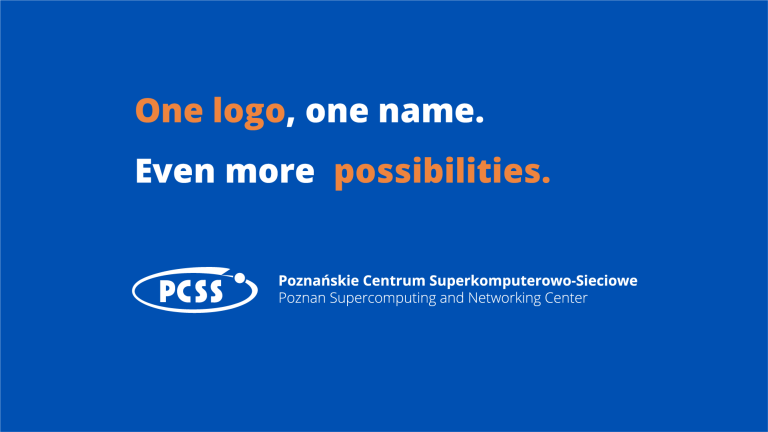
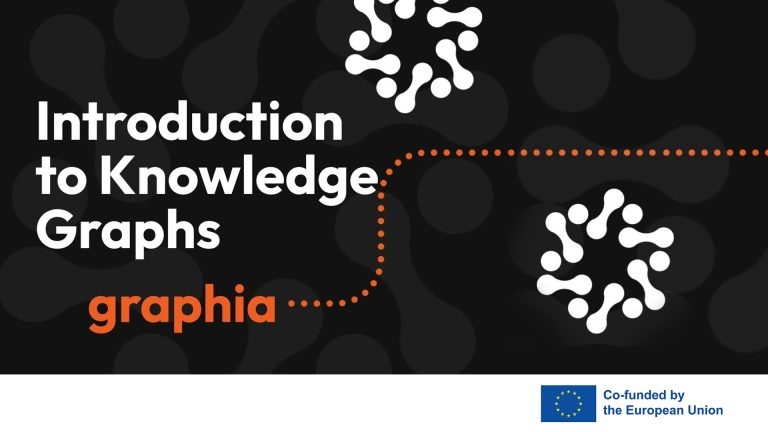
![The image displays the word "LUMEN" in a stylized, outlined font, with different letters connected by lines and arrows to various academic disciplines. The letters "L" and "U" on the left are linked to "Mathematics [Maths]" and "Social Sciences and Humanities [SSH]," while the letters "M," "E," and "N" on the right are associated with "Earth System Science [ESS]" and "Molecular Dynamics [MD]." The overall design suggests an interconnectedness of these fields, potentially illustrating the interdisciplinary nature of something represented by "LUMEN".](https://www.psnc.pl/files/2025/05/lumen2_EN-768x432.jpg)
